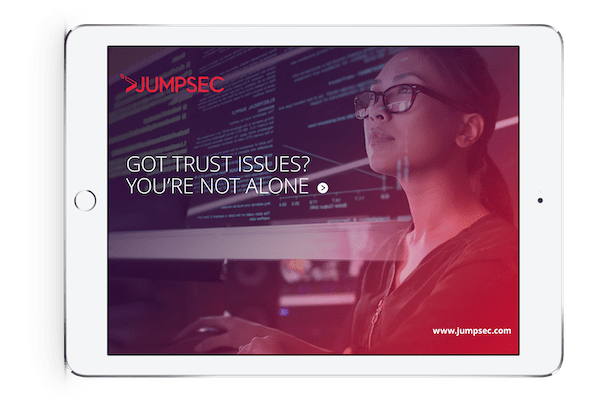According to Microsoft, Zero Trust is now ‘the top security priority’ for 96% of the interviewed security decision makers, while 76% were currently in the process of implementation. 90% of those interviewed stated that they were ‘familiar’ with Zero Trust and able to pass a knowledge test. The nature of this test and the appropriate right answers weren’t provided.
Until recently Zero Trust was a term used to describe implementing some straightforward networking and administrative concepts and controls – using tools like VLANs and role-based firewalls. Now, it seems to be a heaving mass of buzzwords and products, with nobody in the security community quite sure how it happened.
But the reality of Zero Trust is that, for the most part, it’s nothing new. Organisations don’t need a specialist suite of tools or managed services to implement the foundations of Zero Trust. For the most part, the core principles of Zero Trust are inseparable from the best practices that security firms have preached for almost a decade.

By looking beneath the veneer of ‘Zero Trust’ at a conceptual level, organisations can focus on implementing key, foundational improvements without splashing out on expensive security advice, services, and tools – which are likely to complicate the problem further.
Read the article to find out how to implement the best practices that are the core of ‘Zero Trust’. You know your business better than any third-party. Leverage this knowledge and understanding to drive the conversation on Zero Trust without looking to expensive external support.


